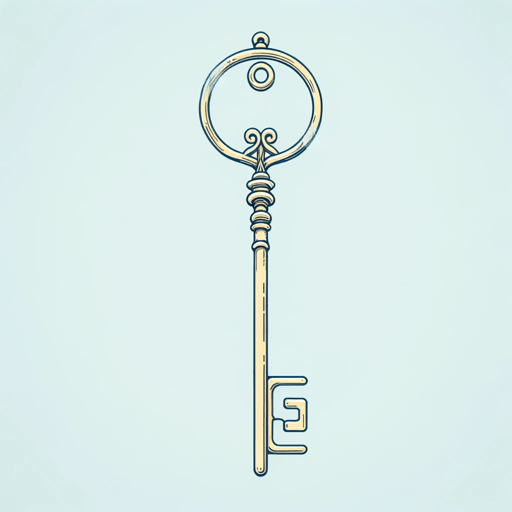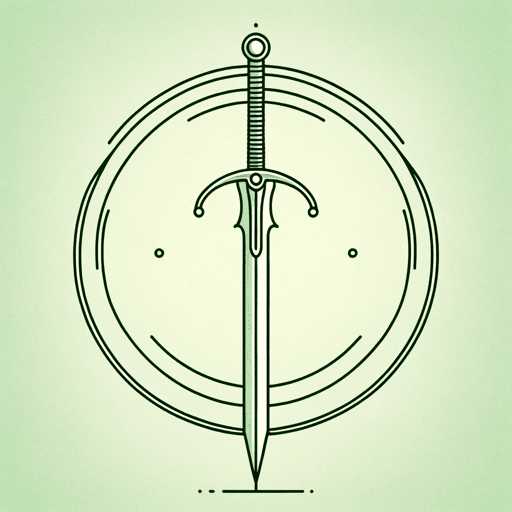44 pages • 1 hour read
Lewis CarrollAlice's Adventures In Wonderland
Fiction | Novel | Middle Grade | Published in 1865A modern alternative to SparkNotes and CliffsNotes, SuperSummary offers high-quality Study Guides with detailed chapter summaries and analysis of major themes, characters, and more.
Symbols & Motifs
Doorways and Passages
In many cases, Alice progresses from one location to another by way of a passageway or door. Her entrance to Wonderland is down a rabbit hole, which leads into a long, dark tunnel. Carroll could have made Alice walk through a doorway in a tree, as she does to enter the Queen’s garden, but the tunnel signifies that Wonderland is far away from her everyday world. As Alice is really falling asleep, the tunnel also signifies the journey into Alice’s unconscious.
When Alice arrives in Wonderland, the hall is lined with doors. They represent choice and possibility. At first, Alice cannot match the golden key to any of the door’s locks. The key only fits a small door behind a curtain, which leads into another passageway before opening into a beautiful garden. Carroll places multiple barriers between Alice and her goal—including her size—prompting her quest.
Irrational Space and Time
In the dream logic of Wonderland, the spatial relations between places are, at times, impossible to map. It isn’t only that cardinal directions are never specified or considered important; there is a confusion of spatial logic that even affects the boundaries between outside and inside. For instance, when
Related Titles
By Lewis Carroll
Featured Collections
Action & Adventure
View Collection
Childhood & Youth
View Collection
Children's & Teen Books Made into Movies
View Collection
Coming-of-Age Journeys
View Collection
Required Reading Lists
View Collection
School Book List Titles
View Collection
Victorian Literature
View Collection
Victorian Literature / Period
View Collection




